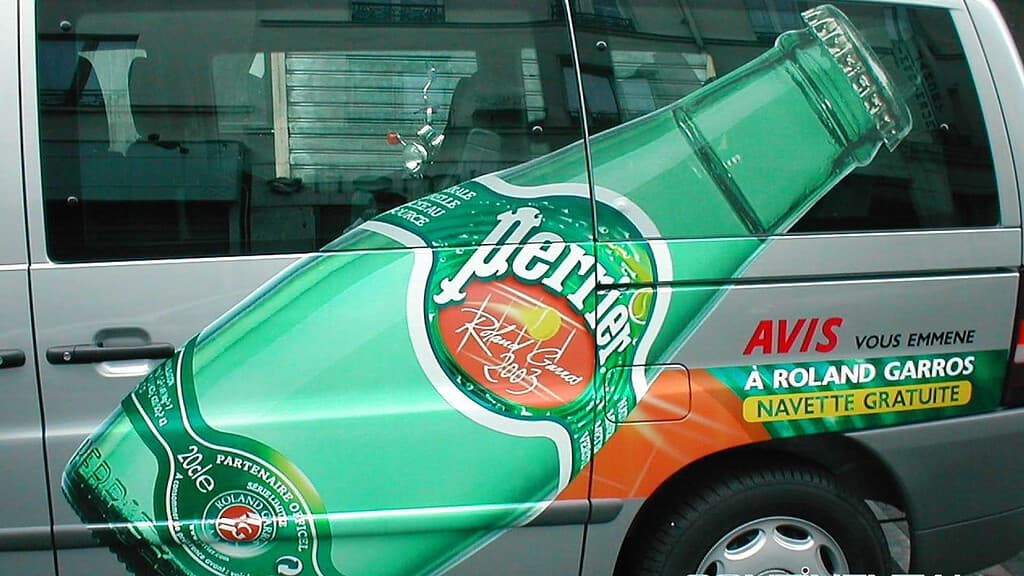
Overcoming Winter Weather Challenges in Large Format Graphic Installations
Inclement weather can present unique challenges for the graphics community.
The fall and winter months are a particularly busy time for the large format graphics industry. We see a surge in business due to increased demand for retail promotions, sporting events, trade shows, entertainment and holiday campaigns. While anticipated and welcome, the winter season brings unique operational challenges due to events like inclement weather. With the temperature drop and snowfall, adverse weather conditions can affect every stage of production, from the actual graphics printing through the installation.
When the cold, snow and ice arrive in winter and fall, weather conditions can compromise the durability, aesthetics, installation and removal of graphics, especially when using flexible, adhesive-backed materials. These weather conditions can shorten a graphics lifespan and degrade its appearance.
Mitigating the risks associated with winter weather requires best practices strategies for both production and installation. There are four areas of consideration: graphics usage, substrate selection, finishing options, and installation technique. As you evaluate these factors, you can be sure your graphics producer and your installers can ensure the project meets customer expectations while withstanding harsh environmental conditions.
Graphic Usage
The first area of consideration is understanding the intended use of the graphic. This critical step consists of questions that help determine the graphics construction, printing method, and installation approach. Will the graphic be applied to a building, vehicle, or window? Will it be fully exposed to the elements, or will there be some form of protection? Is it a vertical (i.e. graphic on a window) or horizontal (i.e. graphic on a sidewalk) application?
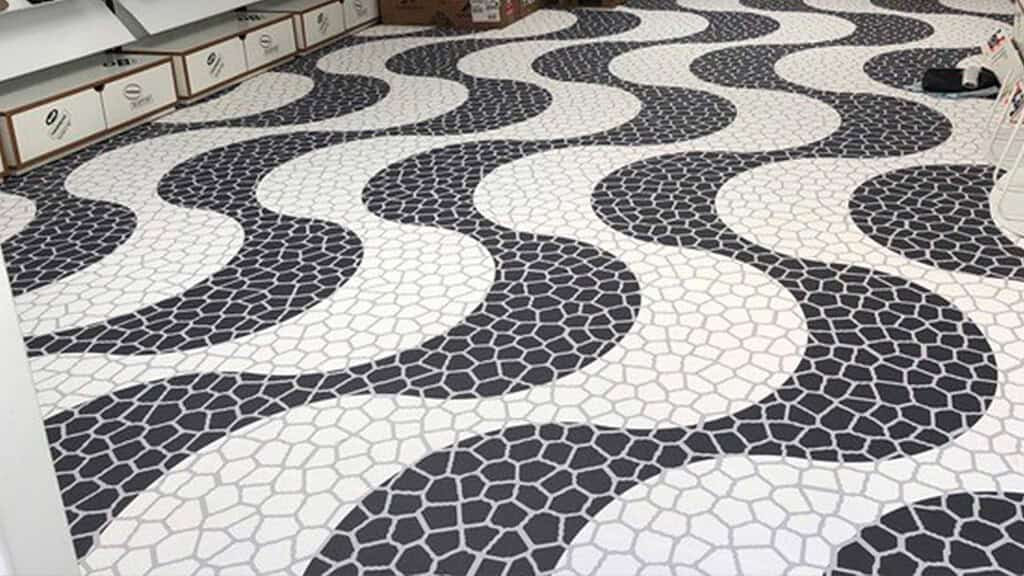
When considering usage during winter, the location and exposure of graphics are critical due to increased strain from severe weather conditions. For instance, graphics on vehicles and transit buses must endure salt, moisture, snow, dirt, and potential abrasion. These applications require a more robust material than an application where a window graphic is shielded from direct exposure. Maximize the performance and longevity by considering the substrate material and installation environment for a tailored solution.
Substrate Selection
Choosing the right substrate or film is critical for ensuring durability in extreme weather conditions. Flexible vinyl substrates, such as polymeric or cast vinyl, are recommended for outdoor applications in winter for their enhanced durability and flexibility. These materials outperform standard monomeric PVC in harsh environments. Polymeric and cast vinyl are engineered to better withstand expansion and contraction from temperature fluctuations.

Adhesion to the substrate is equally important. Can it be installed at low temperatures or does the installation require warmer temperatures? Most adhesives perform best when installed in temperatures at +50°F (+10°C) and above. The quality of the adhesive used can give you more flexibility to install in temperatures lower than +50°F (+10°C). Solvent based adhesives offer superior performance in extreme conditions for better adhesion and longevity in challenging environments. Always consult with the manufacturers material data sheet prior to making a final decision.
Finishing Considerations
While there are different finishing considerations, we will focus on the application of overlaminate films that play a vital role in protection. An overlaminate film adds an extra layer of defense against environmental factors, substrate degradation, ink fading, and exposure to road salt and moisture. Pairing the optimal laminate with the substrate is critical.
Overlaminate should complement the substrate. Matching a polymeric calendared substrate with a polymeric calendared overlaminate ensures consistent performance. The materials will expand and contract in a similar manner with similar longevity characteristics. Pairing these materials not only complements the aesthetics but provides the necessary protection to the graphic to maintain its quality over time.
Graphic Installation
The final phase of the graphics production process is installation. Installation professionals are the last to handle the graphics and face unique challenges when working in winter conditions. When graphics must be installed despite adverse weather conditions, installers will adapt to the less than ideal conditions. As installations are planned, consider whether a graphic can be installed in extreme temperatures or potentially adjusting the material or installation process to an indoor mounting location.

Anticipate events that can impact your installation schedule like time constraints and weather delays. Preparing for these events and issues allows for a flexible approach and ensures the installation will be efficient and effective, regardless of the weather.
A Strategic Approach to Materials
A high performance material for every application may be tempting, but is not always cost effective or necessary. Over engineering projects erodes profitability especially when the job is for short term outdoor graphics or event signage. These projects may only require an economical solution rather than premium materials and lamination. Gain a true understanding of the project requirements and client expectations to find the balance between performance and cost, the key to maintaining a competitive edge.
With so many products available on the market, the real challenge lies in educating yourself on the options to meet unique project requirements. Because there is such a wide range of products available, align your material choices with requirements related to graphic usage, environment, and longevity. This will allow you to deliver high quality results while controlling costs for you and your customers.
Extreme weather and winter weather conditions present challenges. Mitigating these challenges can be achieved when careful planning, informed material selection and expert installation are considered. All these steps ensure the graphics will perform as expected, even in the harshest winter conditions.
Continental Grafix USA Offers Cold Weather Solutions. Learn more about our solutions and contact us for a hand sample.
- Innova Ice is the only outside mount one-way vision film that can be applied in cold weather. This 2-year PVC-based perforated window film is backed with specially engineered adhesive that allows installation in temperatures as low as +5°F (-15°C). Innova Ice provides another example of having choosing the right material for the environment. When your client can’t wait for the weather to cooperate for graphics installation, Innova Ice delivers a robust solution to hold up in tough conditions.
- panoRama Film is a PVC-free, non-adhesive, interior mount, perforated window film. One way to deal with cold weather issues is to avoid them completely. Mounting this product on the inside of your window, and you will have a long-lasting one-way perforated window solution. panoRama Film is 100% polyester (PVC-free).
- panoRama Protect & panoRama Cast are calendared and cast gloss PVC overlaminating films coated with a solvent-based permanent adhesive. With outdoor ratings of 1 and 3 years, they add a high level of protection in harsh weather. With superior optical clarity, these materials add to the aesthetic of your graphic. Bonus, they also printable and work great as a window film too!
- X-Treme is a smooth, white calendared, polymeric vinyl film backed with a proprietary removable adhesive. Its specially formulated adhesive allows for installation in extreme temperature conditions. Well-suited for low-surface energy substrates, it can be installed in temperatures from +5°F to over +100°F (-15°C to +38°C). No need to wait for the weather to cooperate. It has an outdoor longevity of 5 years (or longer with proper over-laminate).
- Walk&Wall® is a printable, textured matte vinyl backed with fabric for dimensional stability and strength, and coated with a clear adhesive. Installable in temperatures from +5°F to over +86°F (-15°C to +30°C), it’s designed for short- to medium-term applications. Walk&Wall® is ideal for carpet, tile, concrete, wood and PVC floors, untreated stone, concrete block, and short- and medium-pile carpet, both indoor and outdoor.
You may also like...
X-Treme
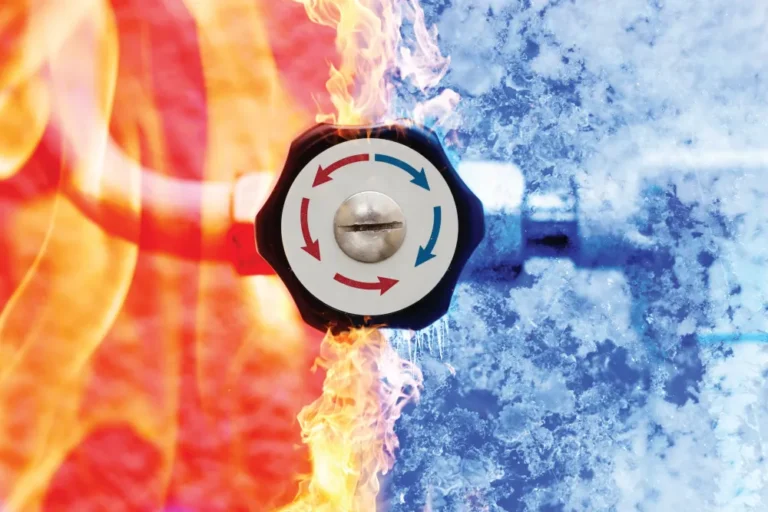
panoRama Innova Ice
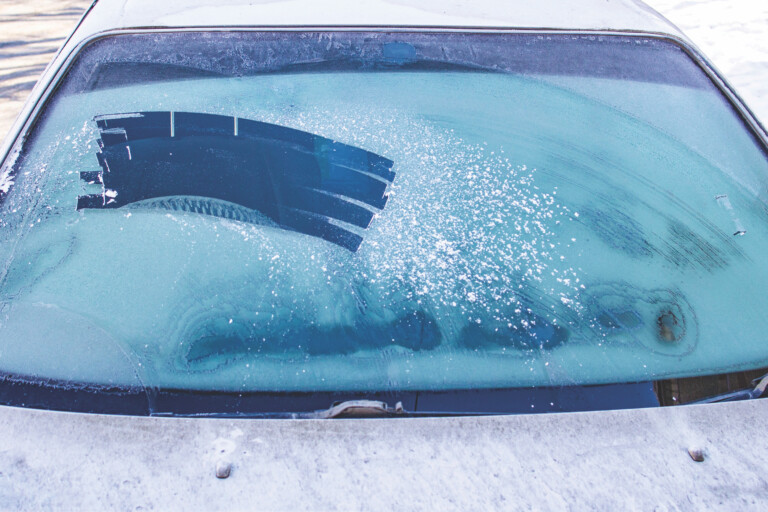
Related News
Overcoming LSE and Cold Weather Challenges in Wide Format Graphics
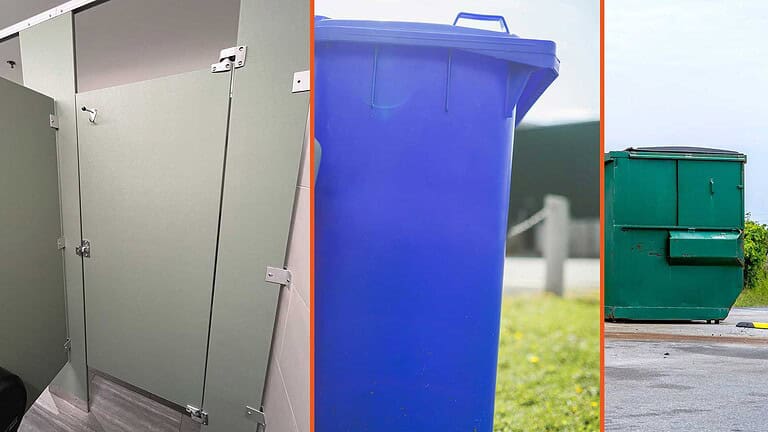
Aligning Reliable Films with the Print Industry’s Next Era of Transformation

The Benefits of Perforated Window Film Graphics
